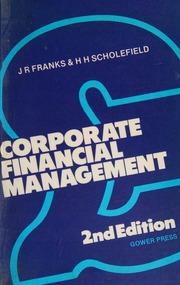Question
On January 4, 2018, an FI has the following balance sheet (rates = 10 percent): Assets Liabilities/Equity A 200 m DA = 6 years L
On January 4, 2018, an FI has the following balance sheet (rates = 10 percent):
Assets Liabilities/Equity A 200 m DA = 6 years L 170 m DL = 4 years E 30 m
DGAP = [6 (170/200)4] = 2.6 years > 0
The FI manager thinks rates will increase by 0.75 percent in the next three months. If this happens, the equity value will change by:E = [6 170/200(4)]200m 0.0075/1.10 = $3,545,455 The FI manager will hedge this interest rate risk with either futures contracts or option contracts. If the FI uses futures, it will select June T-bonds to hedge. The duration on the T-bonds underlying the contract is 14.5 years, and the T-bonds are selling at a price of $114.34375 per $100, or $114,343.75. T-bond futures rates, currently 9 percent, are expected to increase by 1.25 percent over the next three months. If the FI uses options, it will buy puts on 15-year T-bond futures with a June maturity, an exercise price of 113, and an option premium of 1 36 64 percent. The spot price on the T-bond underlying the option is $135.71875 per $100. The duration on the T-bonds underlying the options is 14.5 years and the delta of the put options is 0.75. Managers expect these T-bond rates to increase by 1.24 percent from 7.875 percent in the next three months. If by April 4, 2018, balance sheet rates increase by 0.8 percent, futures rates by 1.4 percent, and T-bond rates underlying the option contract by 1.30 percent, would the FI have been better off using the futures contract or the option contract as its hedge instrument? If by April 4, 2018, balance sheet rates actually fall by 0.75 percent, futures rates fall by 1.05 percent, and T-bond rates underlying the option contract fall by 1.24 percent, would the FI have been better off using the futures contract or the option contract as its hedge instrument? Explain why.
For both parts, calculate on-balance sheet and off-balance sheet payoff gain/loss numerically and also explain in your own words
Step by Step Solution
There are 3 Steps involved in it
Step: 1

Get Instant Access to Expert-Tailored Solutions
See step-by-step solutions with expert insights and AI powered tools for academic success
Step: 2

Step: 3

Ace Your Homework with AI
Get the answers you need in no time with our AI-driven, step-by-step assistance
Get Started


